The Heart
The human body has several vital systems that are very important for survival. One of those systems is the cardiovascular or circulatory system comprised of the heart, the blood vessels, and blood.
The heart is a muscle that has the function of pumping blood rich in nutrients and oxygen through the blood vessels to the cells and tissues in different parts of the body. It is composed of four chambers, two upper chambers that are called atria (right atrium and left atrium), and two lower chambers that are called ventricles (right ventricle and left ventricle). Atria are smaller than ventricles. The four chambers of the heart are linked by valves.
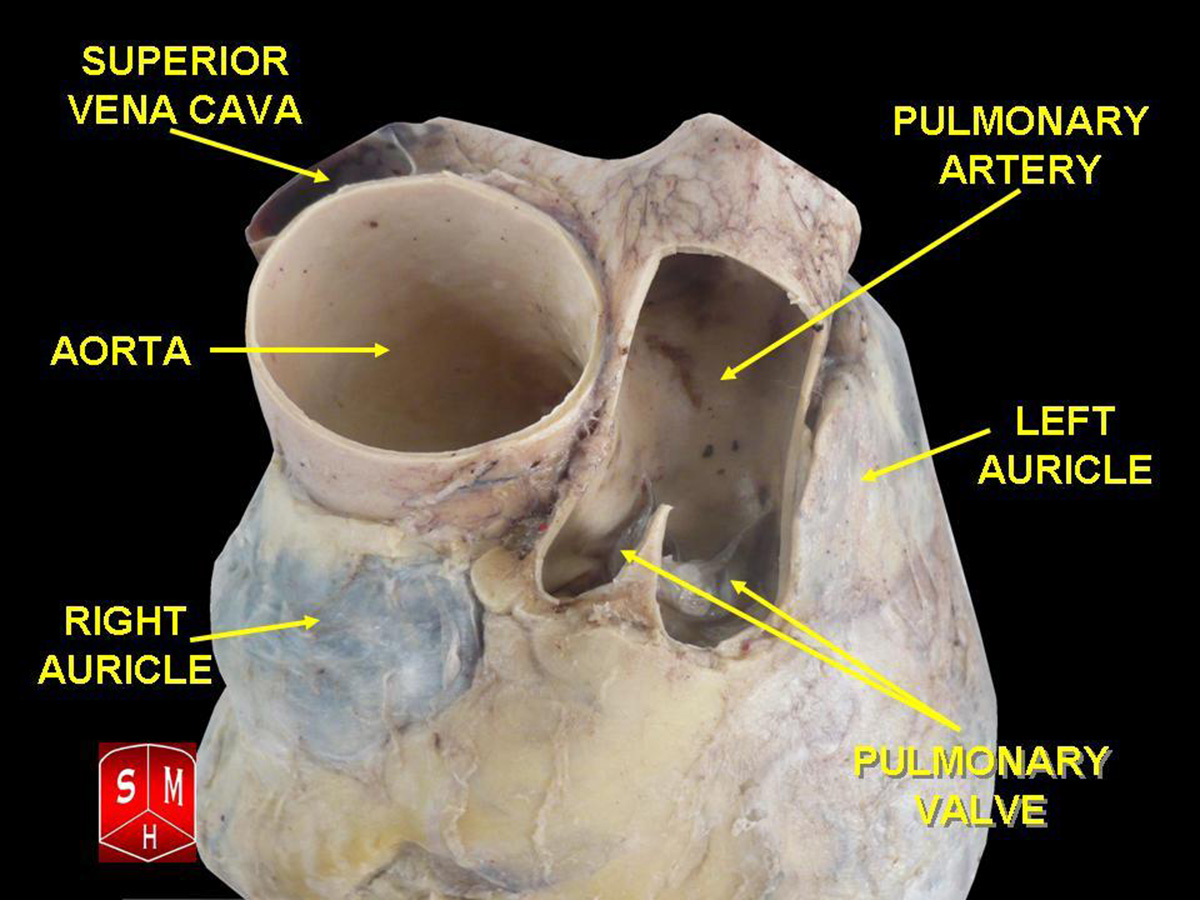
Left Atrial Enlargement
The main role of the left atrium is to pump blood that is rich in oxygen into the left ventricle. When the left atrium becomes swollen and thick, it is known as left atrial enlargement or left atrial dilation. When the left atrium is significantly enlarged, then the person with this condition may experience several symptoms. On the other hand, if the enlargement is not very large, then the symptoms may not appear at all. To diagnose this condition doctors use chest X-rays.
The most common symptoms of the enlarged left atrium are pain that occurs in the chest and rapid heartbeating, as well as problems with breathing and extreme tiredness and exhaustion. The people who have this condition are usually unable to practice exercising or running, swimming, and many other activities.
Causes of Left Atrial Enlargement
In children, the most common cause of left atrial dilation is obesity. It is not uncommon that those who are obese are at the same time inactive. Stress is also one of the factors that can cause the enlargement of the left atrium. Today many people are under constant pressure and stress due to many problems and demands at work, but also at home. This constant stress can affect the heart.
Furthermore, because of hypertension or high blood pressure, the heart must work harder, which can be very strenuous for the heart. As a consequence, this excessive strain on the heart causes the enlargement of the left atrium. The left atrium and left ventricle are connected with the mitral valve. When this valve is affected and becomes stiffened or narrowed, the left atrium has to work harder to pump the blood to the left ventricle. Therefore, left atrial enlargement occurs.
- The exact prevalence of left atrial enlargement is not available. Nonetheless, a study conducted by Bombelli et al. revealed that 12% of the participant over 10 years developed LAE. The average age of the participants at the beginning of the study was 47 years old. LA size is affected by anthropomorphic variants such as age, gender, and body size. LAE is not a result of the normal aging process rather a consequence of pathophysiological changes associated with normal aging. Further, men have larger LA than women, and the size of left atria increases with an increase in body size.
- LAE is most commonly due to conditions caused by pressure overload, volume overload, or both. Mitral valve stenosis or left ventricular dysfunction with or without any valvular disease can increase left atrial afterload, which over time, causes LAE as compensation.
- There are no signs and symptoms of LAE in itself, and it is a pathophysiological response to other underlying cardiovascular conditions. Therefore, the focus should be on recognizing signs and symptoms related to the underlying pathological causes of LAE. Patients with LAE might present with a variety of symptoms, including palpitations, dyspnea, syncope, peripheral edema, fatigue, and weight gain.
- Atrial size and function are assessable using various modalities, including echocardiography, cardiac computed tomography (CCT), and cardiac magnetic resonance (CMR). However, an echocardiogram is a more common choice due to easy availability and safety. Echocardiographic assessment of left atrial volume correlates well with CT and MRI.
- There is no guidelines-based treatment available for LAE. Currently, no known medical therapy is available to reverse the left atrial remodeling. The focus of care and medical treatment in patients with LAE is the identification and treatment of underlying pathologies.
- www.nhs.uk/conditions/atrial-fibrillation/
- litfl.com/left-atrial-enlargement-ecg-library/
- Photo courtesy of Anatomist90 by Wikimedia Commons: en.wikipedia.org/wiki/File:Atria_1.jpg


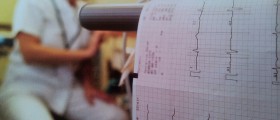
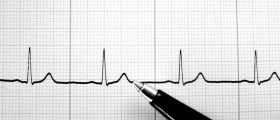
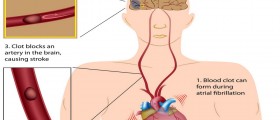





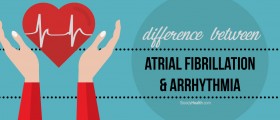
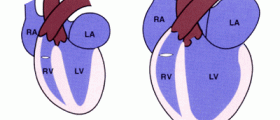




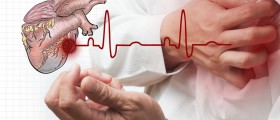
Your thoughts on this
Loading...